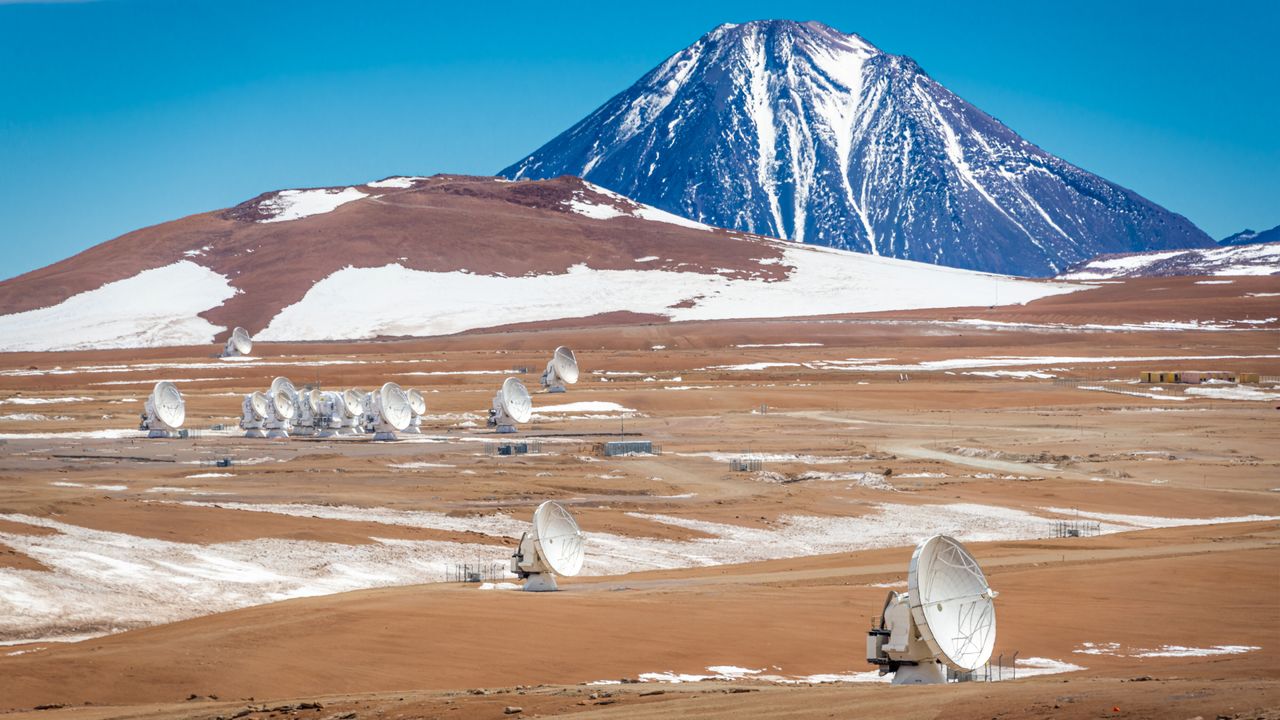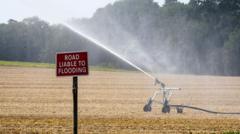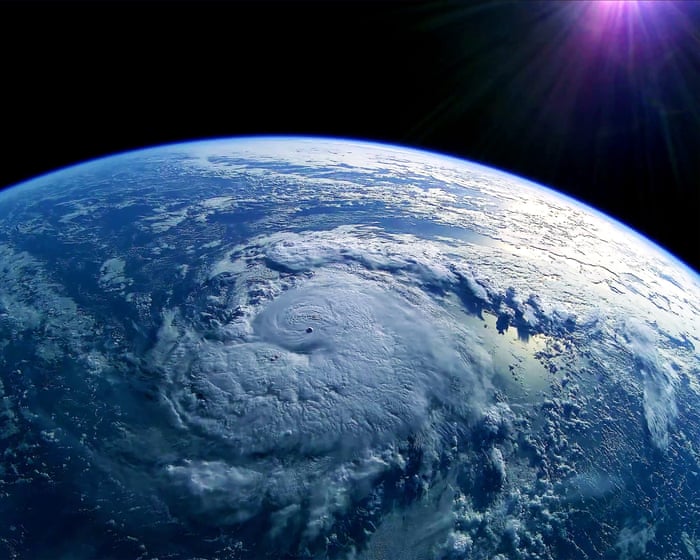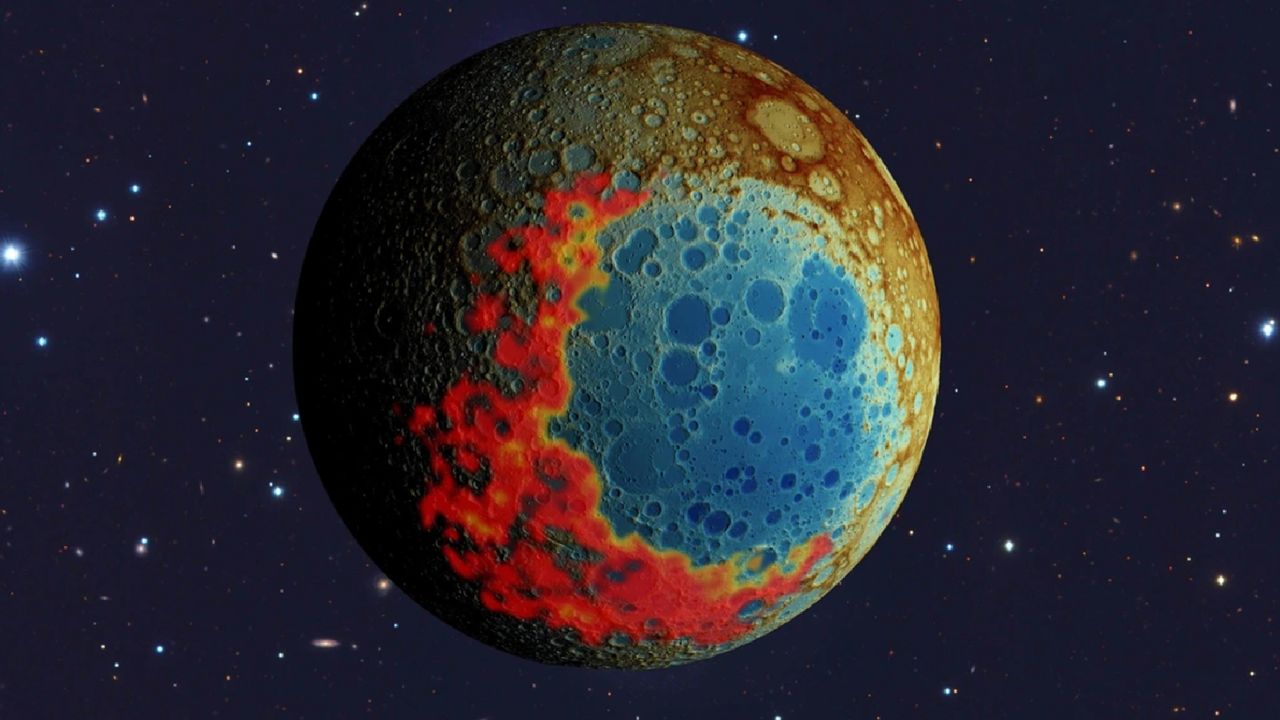Science Crossword: Organized Chaos
PositiveScience
Get ready to challenge your mind with a new crossword puzzle inspired by the upcoming November 2025 issue of Scientific American. This engaging activity not only entertains but also enhances your knowledge of science, making it a fun way to learn while you play. It's a great opportunity for science enthusiasts to test their vocabulary and discover new concepts.
— Curated by the World Pulse Now AI Editorial System






